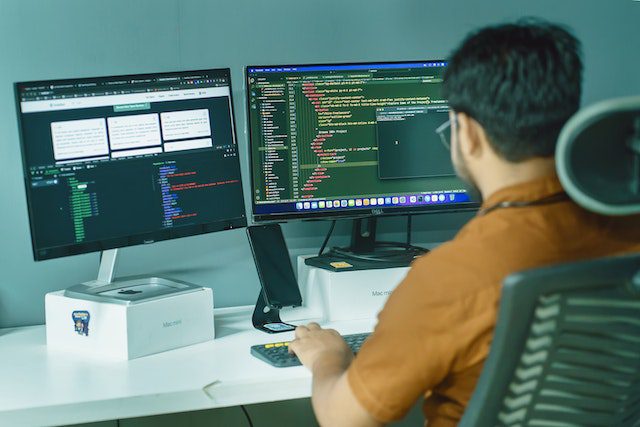Summary of Lambda: Covering the Multimodal Critical Scenarios For Automated Driving Systems by Search Space Quantization, By Xinzheng Wu et al.
LAMBDA: Covering the Multimodal Critical Scenarios for Automated Driving Systems by Search Space Quantization
by Xinzheng Wu, Junyi Chen, Xingyu Xing, Jian Sun, Ye Tian, Lihao Liu, Yong Shen
First submitted to arxiv on: 30 Nov 2024
Categories
- Main: Artificial Intelligence (cs.AI)
- Secondary: Emerging Technologies (cs.ET); Robotics (cs.RO)
GrooveSquid.com Paper Summaries
GrooveSquid.com’s goal is to make artificial intelligence research accessible by summarizing AI papers in simpler terms. Each summary below covers the same AI paper, written at different levels of difficulty. The medium difficulty and low difficulty versions are original summaries written by GrooveSquid.com, while the high difficulty version is the paper’s original abstract. Feel free to learn from the version that suits you best!
| Summary difficulty | Written by | Summary |
|---|---|---|
| High | Paper authors | High Difficulty Summary Read the original abstract here |
| Medium | GrooveSquid.com (original content) | Medium Difficulty Summary The paper introduces Black-Box Optimization (BBO) to accelerate scenario-based testing of automated driving systems (ADSs). BBO utilizes historical test information to generate new test cases, but a single optimum is insufficient for comprehensive safety evaluation. The paper formalizes the Black-Box Coverage (BBC) problem in a sample-based search paradigm and proposes LAMBDA (Latent-Action Monte-Carlo Beam Search with Density Adaption) to solve BBC problems. LAMBDA focuses on critical subspaces by partitioning the logical scenario space into accepted and rejected parts, overcoming sampling bias from optimization and Beam Search. Experimental results show that LAMBADAchieves state-of-the-art performance among baselines, reaching 95% coverage of critical areas in synthetic functions. |
| Low | GrooveSquid.com (original content) | Low Difficulty Summary The paper uses a special testing method for self-driving cars called Black-Box Optimization to find new test cases. This helps make sure the cars are safe by testing different scenarios. The problem is that just finding one good solution isn’t enough – we need to test many different scenarios to be confident in the car’s safety. The researchers came up with a new way to solve this problem, called LAMBDA. It works by breaking down the big scenario space into smaller parts and focusing on the most important ones. This makes it much faster than other methods. The results show that LAMBDA is very good at finding all the critical scenarios. |
Keywords
» Artificial intelligence » Optimization




